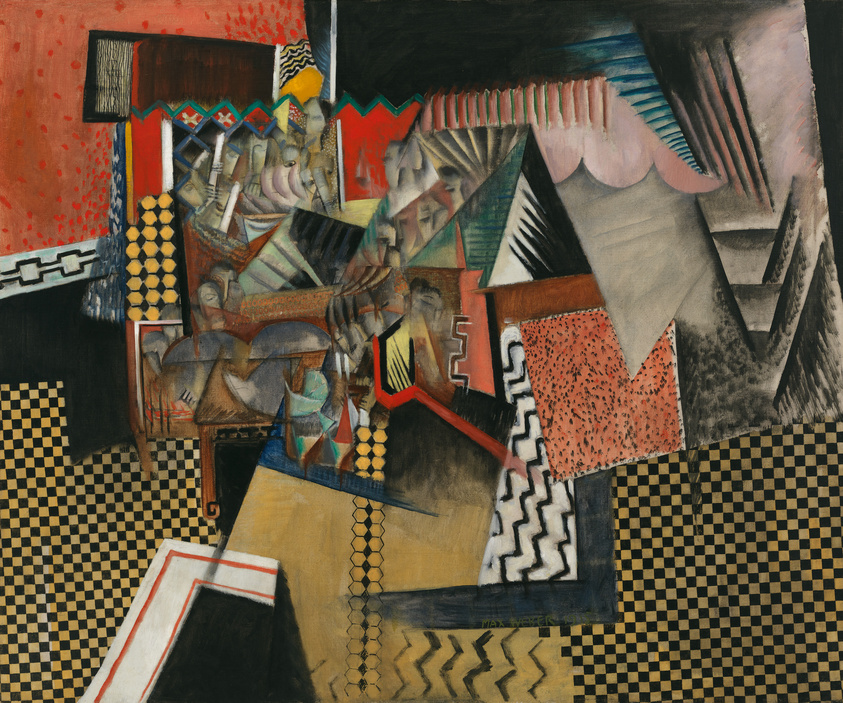By studying newspaper articles, photographs, and other historical documents, this project takes an exploratory approach to perceptions of the Chinese American community at the turn of the 20th century. Explore three topics in 1890s Chinese American food history and identity below:
The 1890s Chinese Restaurant
What did being a Chinese American restaurant in 1890s New York mean? Who dined in Chinatown? Which foods were served at Chinese establishments? This page explores dining experiences captured in newspapers, magazines, and menus of the late 19th century.
Chinese Food at the 1893 and 1904 World’s Fairs
How did Chinese Americans represent themselves at international fairs through Chinese food? In 1893, see how Chinese American businessmen took control of the menu while the Chinese government boycotted Chicago. Compare this with narratives from 1904, when the Chinese government aimed to impress American tourists in St. Louis. Learn about fair food and Chinese American identity through World’s Fair memorabilia.
Banquets and Their Political Impact
Read more about different Chinese banquets in response to social and political movements in the Chinese American community.

Project Reflections
After four years at Wesleyan University, this capstone project combines my interests in digital collections, Asian American history, and food studies. Stemming from articles in the Library of Congress’ Chronicling America newspaper archives, I wanted to see how Chinese American food was discussed by papers across the United States. This project explores perceptions of Chinese American food and its relation to perceptions of the Chinese American community throughout the 1890s.
The 1890s was a time when the Chinese community in America was under direct legal oppression from the United States government via the 1882 Chinese Exclusion Act. At the same time, American interest in Chinese culture was growing. This period reveals the strengths and weaknesses of cultural “soft power,” as many Americans readily ate Chop Suey while failing to protest the Chinese Exclusion Act or Chinese stereotypes. After this project, what stood out the most was how food can heighten community awareness and draw together a common interest but often remains separate from political change. Despite government officials meeting on Mott Street, tourists flocking to fairs, or banquets thrown in Chinese Lunar New Year style, there remains significant work to be done after creating a community space in order to promote further action.
I had an amazing time working on this project and will continue to expand my research on 1890s Chinese American food. Some ideas that did not make it into the final website pages include creating an interactive map of different artifacts, discussing portrayals of chopsticks in 20th-century media, and exploring Chinese American discrimination as a response to the Pure Food Movement (surprisingly, there are a lot of articles referring to negative impacts of Chinese Sausage). I plan to continue digging through digital and physical collections to highlight Chinese American history.
Two major works that inspired this project are Samuel C. King‘s writing on “Exclusive Dining: Immigration and Restaurants in Chicago during the Era of Chinese Exclusion, 1893-1933,” and Yong Chen‘s article “The Rise of Chinese Food in the United States.”
These website pages are my capstone project under the Wesleyan College of East Asian Studies, with faculty advisor Professor Roberto Saba, Assistant Professor of American Studies.